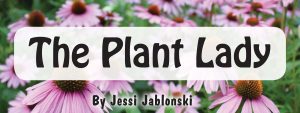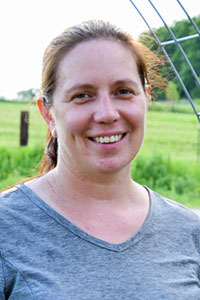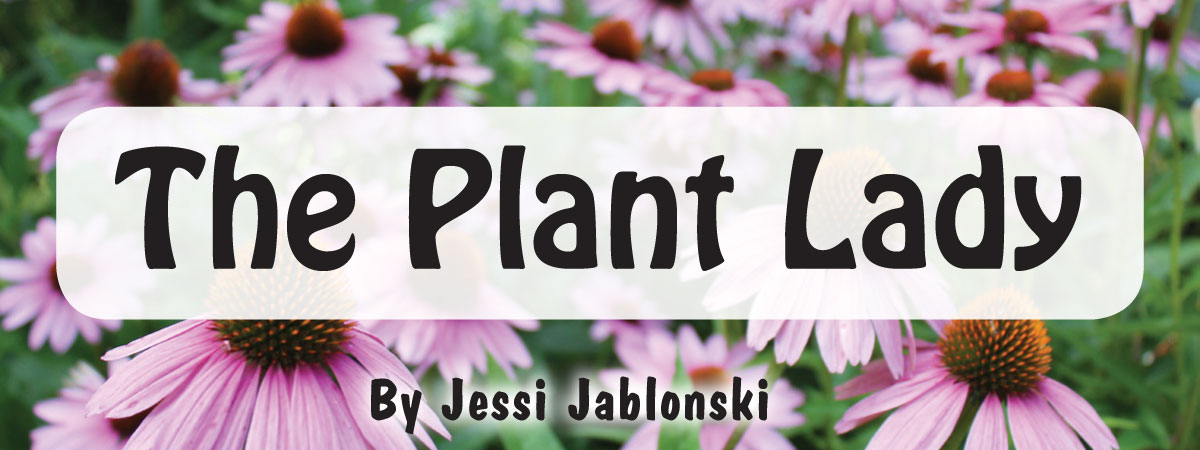 As humans living through a pandemic, we have become experts at social distancing. Plants can also carry pathogens such as diseases, pests, noxious weeds and jumping worms. Keeping them separate from your garden until you are absolutely sure they are healthy will give you a healthier flower bed.
As humans living through a pandemic, we have become experts at social distancing. Plants can also carry pathogens such as diseases, pests, noxious weeds and jumping worms. Keeping them separate from your garden until you are absolutely sure they are healthy will give you a healthier flower bed.
 It never fails. Every season, we receive a call from a client that asks us to come over to weed their gardens. They usually are not sure of how it happened, but horrible weeds and aggressive perennials have taken over their once-beautiful garden. Slow and focused excavation of the garden is typically necessary, with salvageable plants dissected before heading to a holding bed elsewhere on the property. As we investigate, the verdict is almost always a plant donated or gifted to the homeowner. Many of these plants are “spreaders”, or plants that grow quickly and spread easily throughout the garden. Because they fill in quickly and are hard to kill, these plants are often donated to plant sales or given to new gardeners. While a novice gardener can find gratification in flowerbeds that quickly fill up, frustration may overtake their emotions within a few short years when aggressive, gifted, plants choke out other desired flowers. Asking questions and researching plants will prevent the takeover of thugs in your garden.
It never fails. Every season, we receive a call from a client that asks us to come over to weed their gardens. They usually are not sure of how it happened, but horrible weeds and aggressive perennials have taken over their once-beautiful garden. Slow and focused excavation of the garden is typically necessary, with salvageable plants dissected before heading to a holding bed elsewhere on the property. As we investigate, the verdict is almost always a plant donated or gifted to the homeowner. Many of these plants are “spreaders”, or plants that grow quickly and spread easily throughout the garden. Because they fill in quickly and are hard to kill, these plants are often donated to plant sales or given to new gardeners. While a novice gardener can find gratification in flowerbeds that quickly fill up, frustration may overtake their emotions within a few short years when aggressive, gifted, plants choke out other desired flowers. Asking questions and researching plants will prevent the takeover of thugs in your garden.
 Unfortunately, free plants can also come with hitchhikers. Quack grass, a family of fast-spreading rhizomatous grasses that easily entangle themselves in the roots of perennials and shrubs are notorious for this. Other weeds such as clover, purslane, creeping Charlie and creeping Jenny fall into this same category. Viruses such as cucumber mosaic virus and Hosta virus X can disfigure foliage and spread to other plants in the garden. Pests like aphids, whitefly, thrips and grubs will wreak havoc on not only the garden, but grass, trees and shrubs as well. Jumping worms are a new problematic issue that experts are learning to deal with.
Unfortunately, free plants can also come with hitchhikers. Quack grass, a family of fast-spreading rhizomatous grasses that easily entangle themselves in the roots of perennials and shrubs are notorious for this. Other weeds such as clover, purslane, creeping Charlie and creeping Jenny fall into this same category. Viruses such as cucumber mosaic virus and Hosta virus X can disfigure foliage and spread to other plants in the garden. Pests like aphids, whitefly, thrips and grubs will wreak havoc on not only the garden, but grass, trees and shrubs as well. Jumping worms are a new problematic issue that experts are learning to deal with.
As scary as plant diseases and pests sound, fear not! Gifted plants need not always be rejected. Utilizing a holding bed to quarantine newly acquired plants can avoid many issues. Before planting, shake excess soil off of the roots. Are there root sections that don’t match? Gently untangle these roots; weedy roots often look much different and should easily pull away from the desired plant. Removing old soil will also lessen the change of weed seed germinating in the holding bed. Inspect the foliage. Cutting the leaves back to 3-4” tall, with a two-minute soak in bleach water (one part bleach to nine parts water) can help deter pests and diseases.
Plant your newly gifted plant in a large pot or a holding bed. Monitor the foliage for signs of pests or diseases, treating the plant if necessary. Eradicate any weeds that pop up. Once you are confident that the new plant is safe, pop it out of the holding bed and move it over to its new home.
Healthy plants will give you healthy flower bed. Less time maintaining the gardens means more time enjoying them!
The Plant Lady is a regional horticulturalist with the goal of making Bluff Country more beautiful – one garden at a time. Follow her on Facebook @PlantLadyMn for helpful tips and tricks, or via email at ThePlantLadyMN@gmail.com.


Leave a Reply